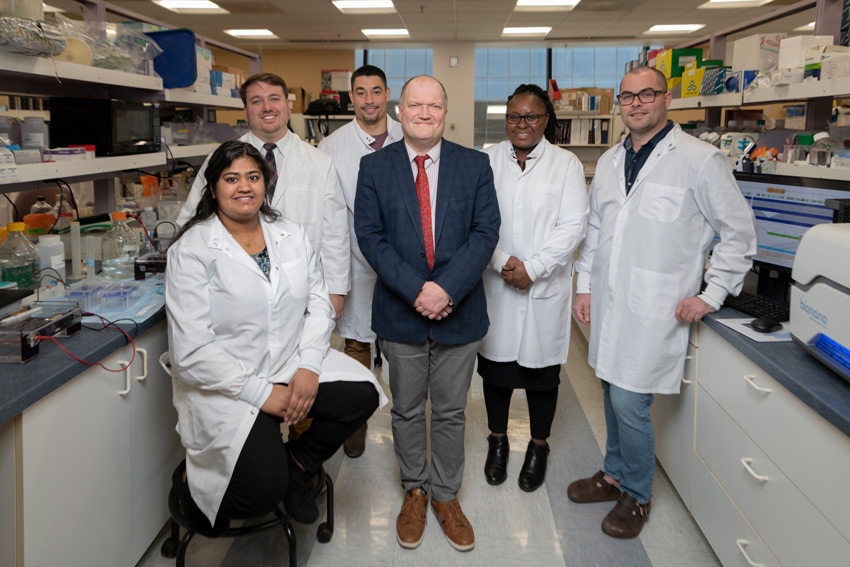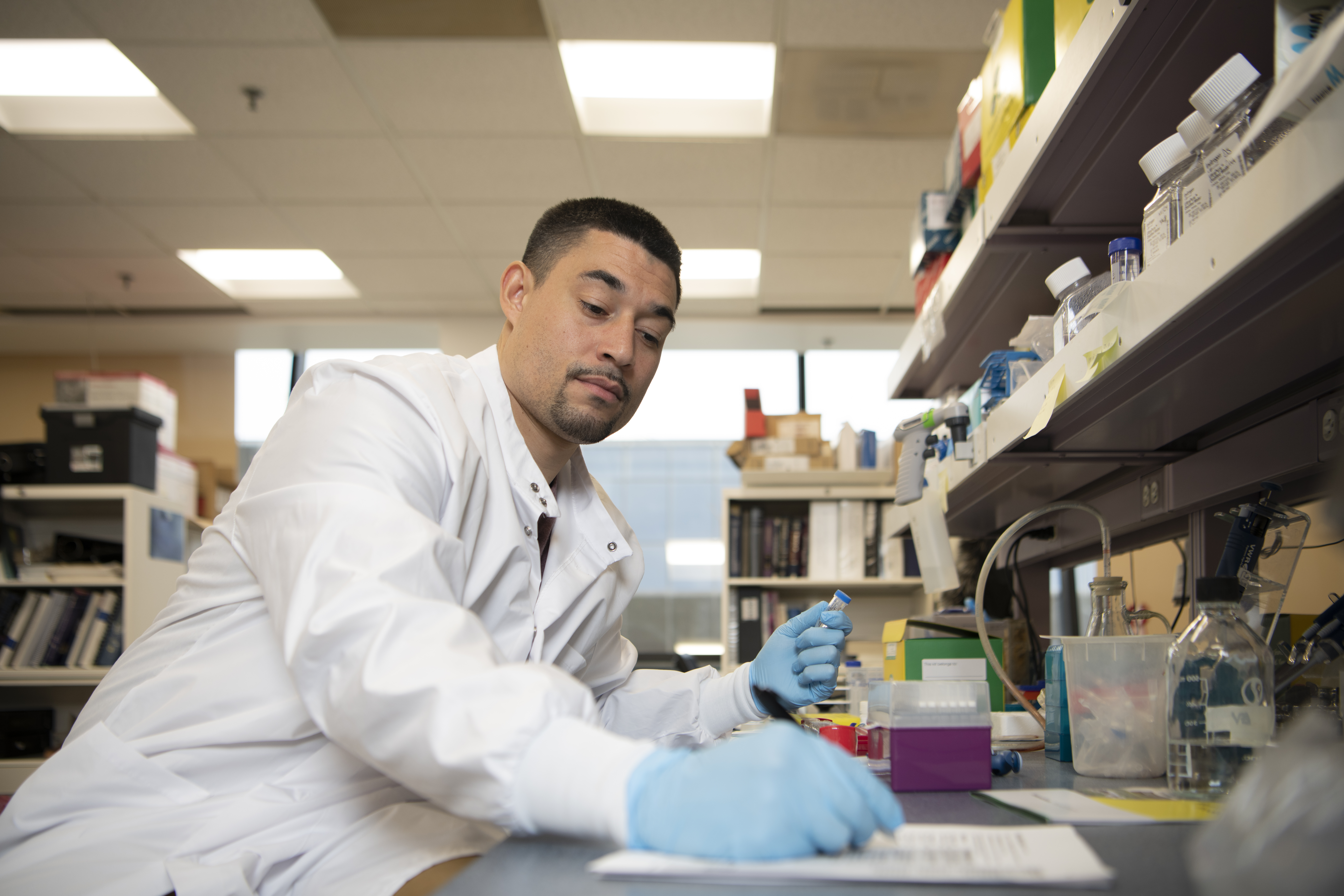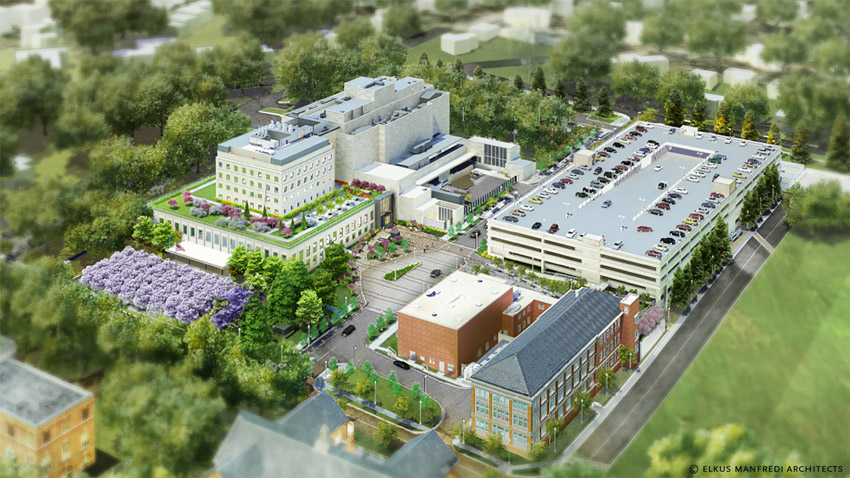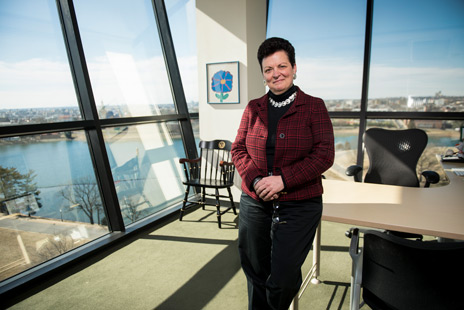Children’s National Research Institute Academic Annual report 2019-2020

Center for Genetic Medicine Research
Diverse Reference Genomics for Central Africa and Beyond
The advancement of genomics and the proliferation of sequence data available to clinicians, scientists and consumers have been driven by technological change and strong public resources.
One primary resource is the reference genome — the standard against which every other whole genome data set collected is compared. This genome is derived largely from one individual from North America. Although efforts such as the United States Precision Medicine Initiative and NIH’s All of US seek to collect a range of diverse genomic data, all of those data sets, when studied in a research setting, rely on comparison to the reference genome.
As more genomes have been sequenced both from people who are healthy and those who are sick, however, it has become increasingly clear that humans are an incredibly diverse species — so diverse that the reference genome cannot capture the breadth of genomic diversity around the world.
A team of scientists within the Center for Genetic Medicine Research at Children’s National has launched a program that they hope will generate better reference genome data for diverse populations, starting with those of Central African descent.
“We realized that whatever we do using the primary reference genome will never be enough to make precision medicine a reality for the diverse populations we serve in Washington, D.C.,” says Eric Vilain, M.D., Ph.D., director of the Center for Genetic Medicine Research at Children’s National Hospital.
Through a strong network of collaborators established over many years of clinical and translational research in Central Africa, Dr. Vilain and colleagues traveled in late 2019 to the Democratic Republic of Congo (DRC) to collect samples that will form the basis of a new reference genome data set. The team, along with their Congolese collaborators, successfully recruited, consented and sampled 60 individuals from diverse populations spanning this large country. They were successful because of the culture of trust and respect that has typified all aspects of the team’s previous work and in spite of the nation’s reputation for presenting logistical and cultural challenges.
The team banked samples in both Kinshasa, DRC, and in Washington. Over the next year, they will generate sequence and map data with both short- and long-read sequencing, as well as optical mapping platforms. Those data will be assembled into de novo genome maps that capture a large part of the diversity of Central Africa.
We’re developing a model and we’re asking the question: can we do this in a population where it’s never been done before, and more importantly, if we use this new reference genome, do we increase the diagnostic yield for these populations?"
“We aren’t relying on existing data,” says Dr. Vilain. ”We’re developing a model and we’re asking the question: can we do this in a population where it’s never been done before, and more importantly, if we use this new reference genome, do we increase the diagnostic yield for these populations?”
The data collected will be placed in open access so that physicians and researchers in Africa and elsewhere around the world can use it freely in their care and study of related populations.

Although the initial project is rooted in basic science, Dr. Vilain and his colleagues see many translational applications that will result from this new reference data, including:
- The ability to diagnose rare diseases in specific populations
- Implementation of newborn screening programs in African countries for common disorders
- Applications in pharmacogenetics, including the efficacy and toxicity of specific drugs based on genomic characteristics
In addition to generating the new references, Dr. Vilain’s team is working to equip the next generation of researchers and physicians in the DRC on their use both in bioinformatics and in clinical settings. In collaboration with the Institute National de la Recherche Biomédicale (INRB) in Kinshasa, his team hosts trainees at the Center for Genetic Medicine at Children’s National. The participants — who are medical students, graduate students, M.D.s or Ph.D.s from Central Africa — spend six months in Washington learning state-of the-art genetic technologies, bioinformatics and molecular biology while also taking courses at the George Washington University.
Both the research and the training program help ensure fair access to the powerful information contained within the human genome — regardless of where someone resides.
“Precision medicine should be accessible by everyone in the world, every population,” Dr. Vilain points out. “It’s a matter of health equity.”

